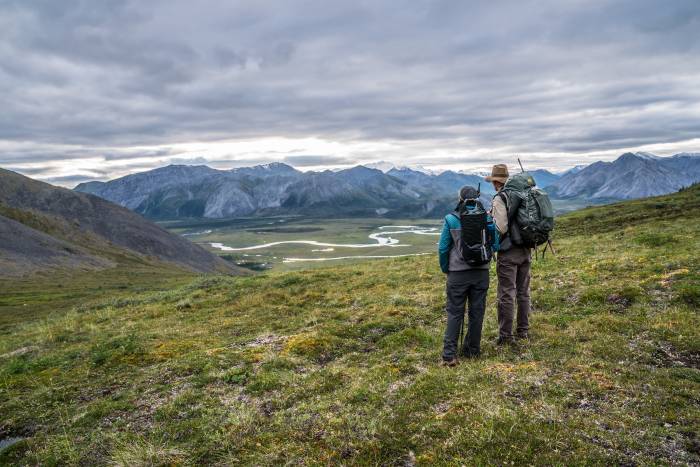The shoulder is the most mobile joint in the body – and the most likely to dislocate. What would you do if you dislocated a shoulder in the backcountry?

Over the holidays, a buddy and I were alone in Oregon’s Owyhees, riding miles from the nearest ranch. A freeze-thaw-freeze cycle transformed the backcountry byway into a mud pit, with strips of ice lining the ruts. Carefully negotiating a path, my friend’s bike abruptly spit out from under him. He fell, rolled, and finally laid on the ice, writhing in pain.
Just prior, he had spent the latter half of his cyclocross season rehabbing a dislocated shoulder. This fall partially dislocated it once again. Fortunately he rolled back over it in such a way that it popped the shoulder back into place.
We finished the ride, but the story could have had a very different ending. It had us asking a few questions about what we would have done if it hadn’t remedied itself.
What It Is
How To Identify
- A deformed shoulder with a bump looking out of place
- Bruising and swelling
- Intense pain
- Immobility of the arm
- Potential scrapes on the skin where the impact knocked the shoulder out of its socket
How To Avoid
- Be aware of conditions that might cause a fall. This is especially true when you are tired and hungry. This is when the mind lapses and is more willing to take risky shortcuts.
- Wear protective gear when participating in contact sports like downhill mountain biking.
- General strength training and stretching can keep your muscles stronger and joints more injury free.
Treatment

- Immobilize. Splint or sling the shoulder in its position.
- Ice can reduce pain, swelling, and any potential internal bleeding.
- NSAIDs can reduce pain and swelling.
- Evacuate the patient. They should see a doctor as soon as possible to evaluate additional damage.










